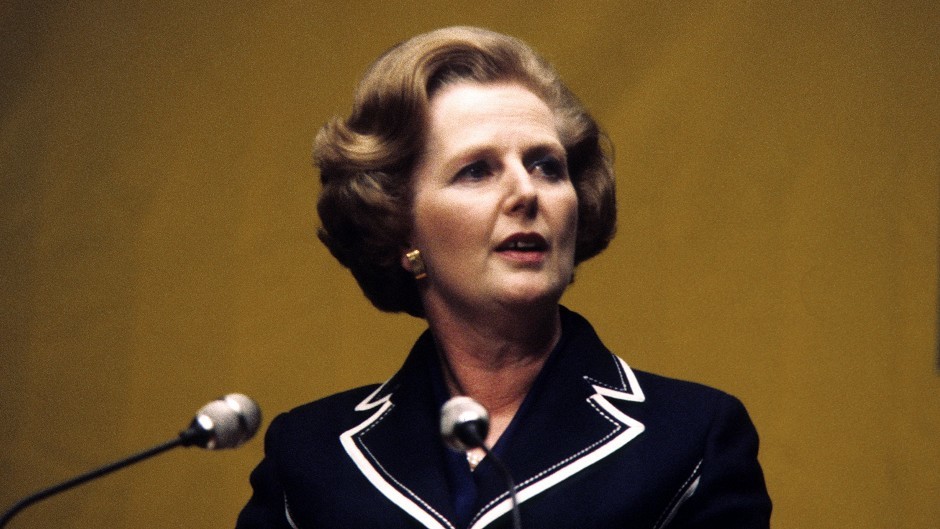Margaret Thatcher was advised to hold a high-level, international conference in Scotland to demonstrate its “far more influential role within the UK”, official documents published today show.
Scottish Secretary Malcolm Rifkind wrote to the prime minister in April 1989 extolling the “political advantages” of hosting a Commonwealth education gathering north of the border.
His letter began by boasting of the “excellent hotels”, “magnificent scenery”, good leisure facilities – especially the golf courses – and “strong cultural reputation”.
He also praised the transport links and pointed to the “problems of security and congestion in London”.
The Conservative minister, who was knighted in 1997, added: “There is also the fact we can make a great impact on representatives from other governments by taking them outside London.
“In my view we can achieve this particularly well in Scotland.”
By way of example, he referred to the 1981 Nato Nuclear Planning Group meeting in Gleneagles, calling it a “great success which gave a considerable boost to the reputation of the UK as a whole”.
Turning to the politics, he added: “I see important political advantages in demonstrating that Scotland as part of the UK is in a position to host major international conferences and does so in a way which simply could not possibly happen if it were cut off from the Union.
“In light of the present debate in Scotland about the Union, I believe it is very important to make every effort to demonstrate in this kind of way that Scotland has a far more influential role within the UK than it could possibly ever have outside it.”
The prime minister’s office confirmed receipt of the memo, but the conference ultimately didn’t go ahead because the Scottish Office could not cover all of the cost and neither the Foreign Office nor the department for education and science was able to contribute funds.
In a reply dated October 1990, then Education Secretary John MacGregor said: “My department has no resources earmarked for international meetings on this scale and could not accept a major financial or administrative responsibility for the conference.”
The correspondence is contained in previously closed files, released by the National Archives.
